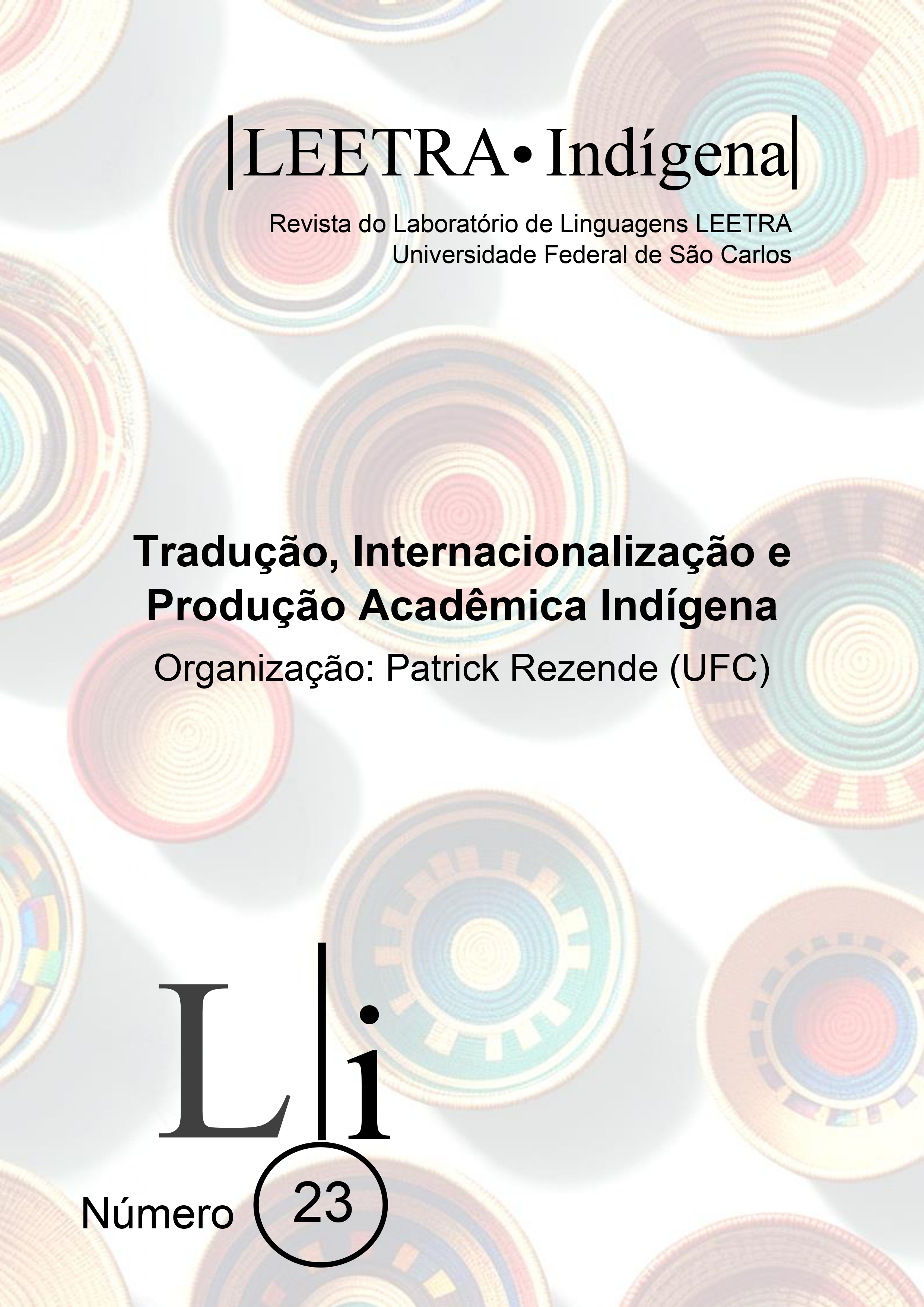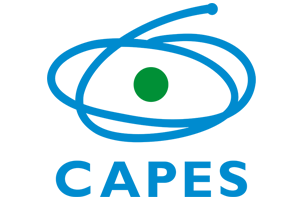I'm Not an 'Indian,' Nor Do I Belong to Any Tribe
Palavras-chave:
indigenous peoples, self-designation, cultural identityResumo
This article critically examines the terms “Indian” and “tribe”, arguing that they are historically inaccurate and often pejorative when applied to Indigenous peoples in Brazil. Through an etymological and cultural analysis, the text highlights how these labels perpetuate stereotypes and obscure the vast diversity among Indigenous communities. The discussion emphasizes the importance of self-identification, noting that each Indigenous people has its own distinct language, traditions, and social structures—far more complex than the homogenizing term “tribe” suggests. Visual examples of adornments and body art from groups such as the Bororo-Boe, Kayapó, and Xavante illustrate the unique cultural markers that differentiate these peoples. Additionally, the article challenges colonial narratives by asserting that Indigenous identity is not tied to primitive stereotypes but rather to ancestral belonging and self-determined definitions. The conclusion advocates for using precise terminology, such as “Indigenous” followed by the specific name of the people, to promote respect and accurate representation. Finally, the text suggests educational activities to deepen understanding of Indigenous cultural expressions, encouraging a move beyond superficial perceptions toward meaningful recognition of Brazil’s original peoples.









